Toyota is doing well out of its GT86 coupé. Not just because it’s selling quite a few of them – 126,000 worldwide, including 14,000 in Europe – but also because it has embraced what glow the car can cast over the rest of Toyota’s range.
I’m not sure that Subaru has quite had to do that with the Subaru BRZ, its version of the same car – partly because even if it wanted to, it doesn’t have Toyota’s budget. And, in truth, because it doesn’t make the Avensis, perhaps it doesn’t need to.
Toyota, however, is hard at it. There’s a German race series for GT86s. GT86s have set two world drift records. And now there’s this,the CS-R3, a customer rally car developed by Toyota Motorsport GmbH (TMG) in Europe.
You want one? You buy one and go rallying in it. It’s as simple as that.
The CS-R3 is eligible for any national or international rally that runs a class under RC3 regulations. Because classes in motorsport set out to be seemingly as complex as possible, there are various subclasses even to RC3, but the short of it is that it’s three rungs below the World Rally Championship and donor cars must be built in quantities of 2500 a year and be two-wheel drive.
Happily, in this case, the donor car is rear-wheel drive. There is a reason why rallyists still like Mk1 and Mk2 Ford Escorts, and it’s because of which wheels the power goes through. I have a personal theory that one of rallying’s bigger problems is that there are too many front-wheel-drive cars competing, because, to be honest, watching a car understeering is not one of life’s great spectator sports. But a GT86, which drifts even in its road form? Now you’re talking.
Like most things in motorsport, turning a road-going GT86 into a competition car does not come cheap. It’s ¤84,000 plus local taxes, in fact. But for that you get your GT86 complete with an engine that has been tweaked up to about 250bhp, with race exhaust, lightened flywheel, greater cooling ability and the like, plus the rest of the fripperies.
The car’s steel monocoque is largely unchanged, but a roof vent is applied because, like most of the rest of the interior, the air conditioning system has been torn out. In its place goes a homologated rollcage and not a great deal else, save for other essential safety gear and the instruments.
But the oily parts are changed even further. Out goes the six-speed manual, replaced by a Drenth six-speed sequential ’box, driving through an adjustable limited-slip differential. There are also three-way adjustable coilover springs front and rear and an uprated braking system. The electrically assisted power steering moves to hydraulic.

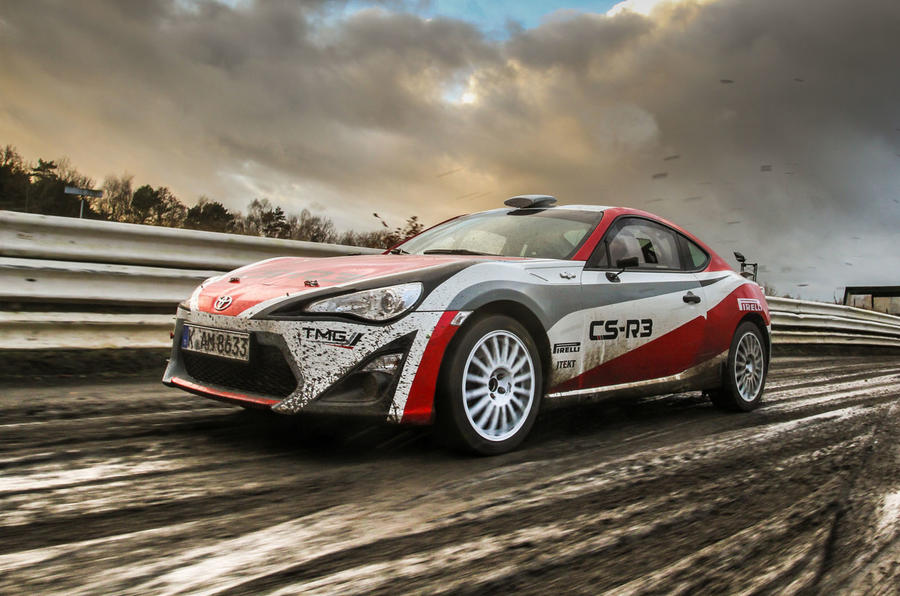



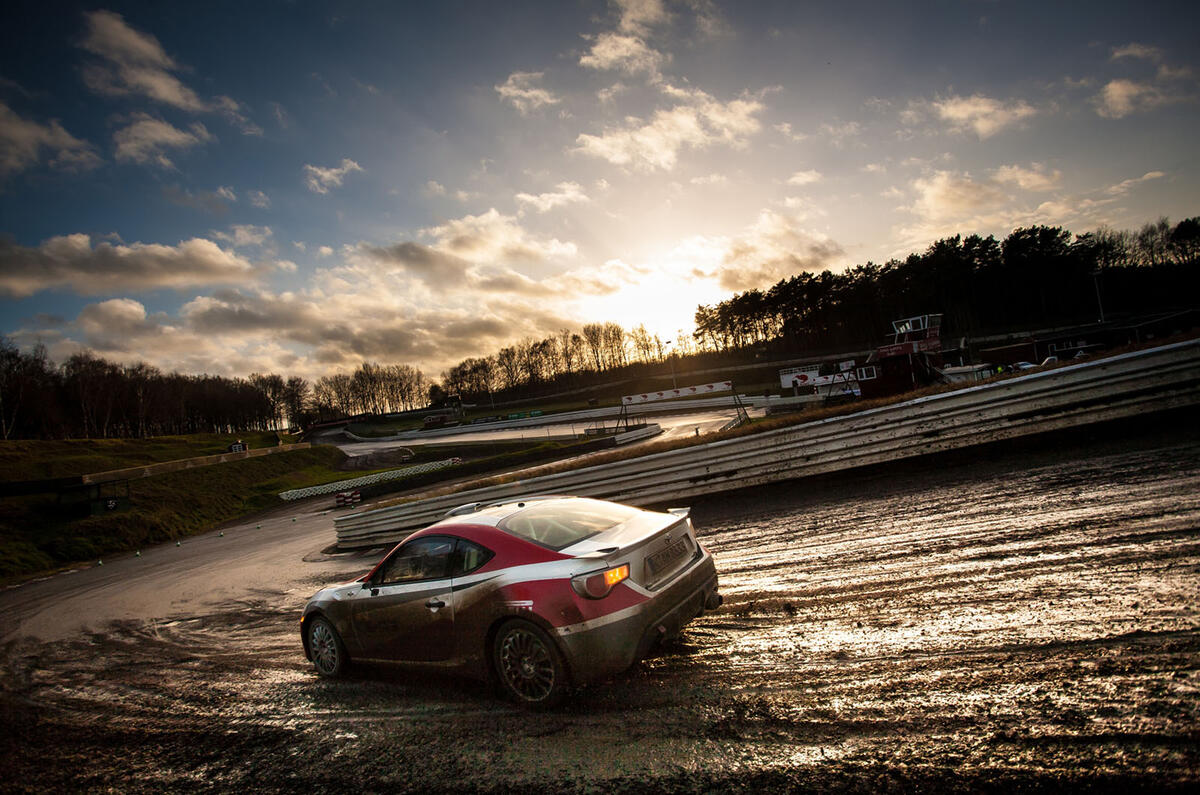




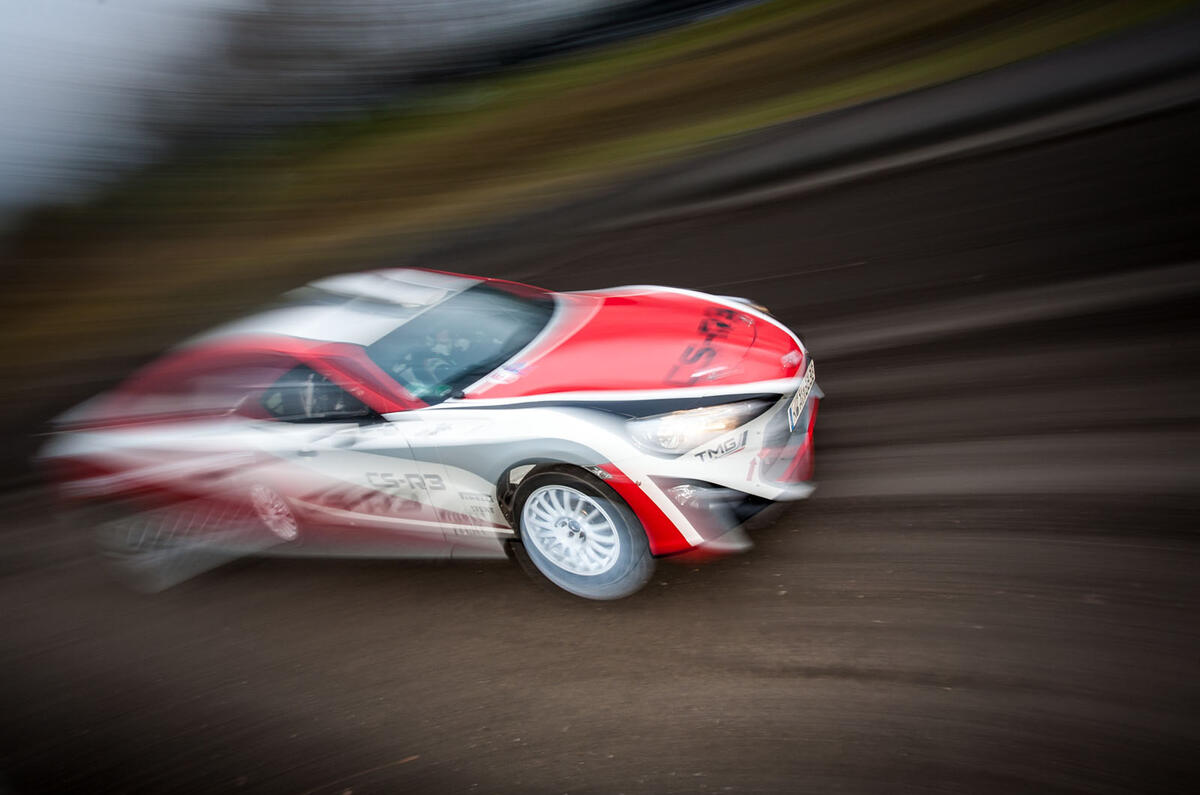

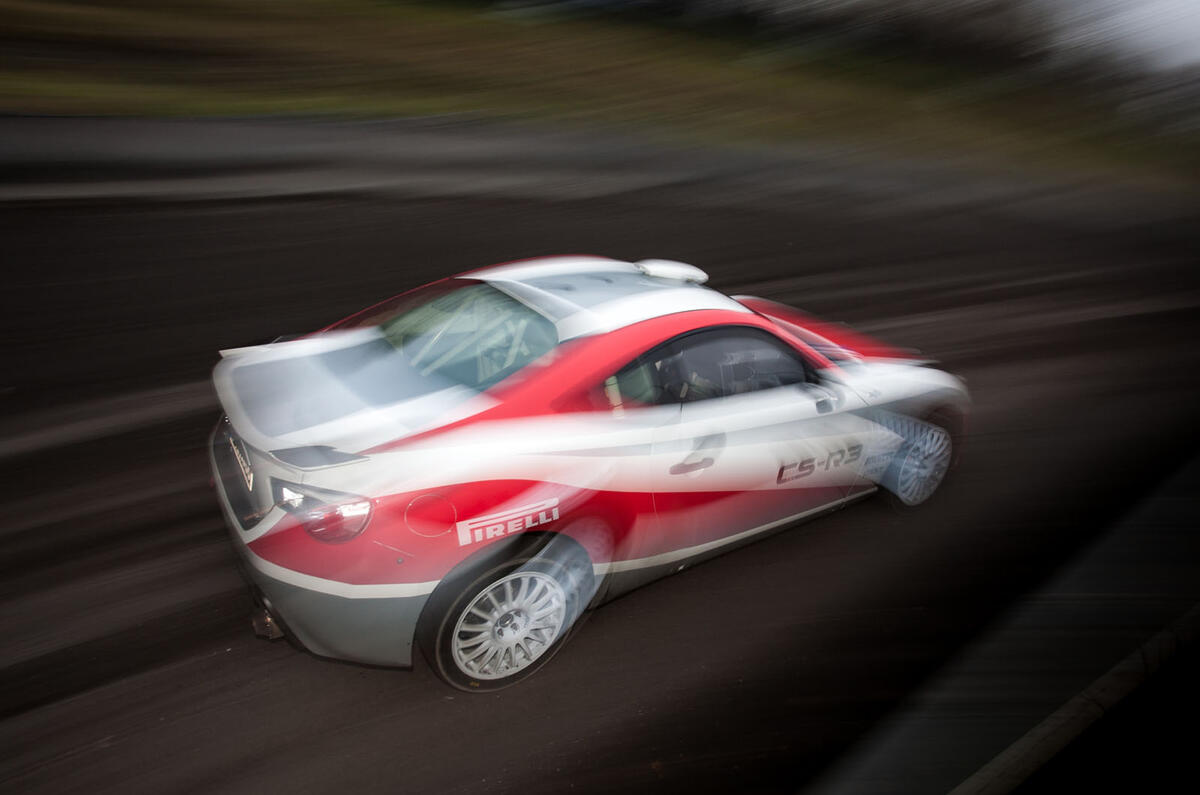

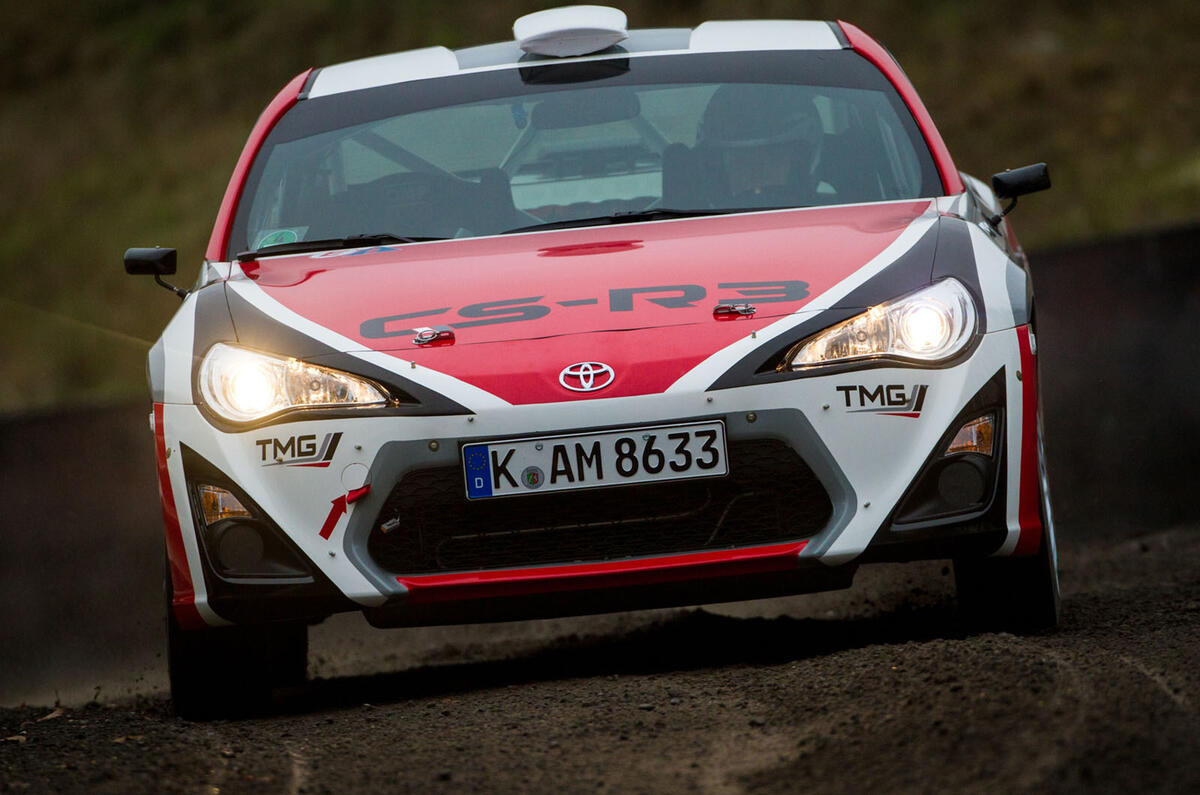


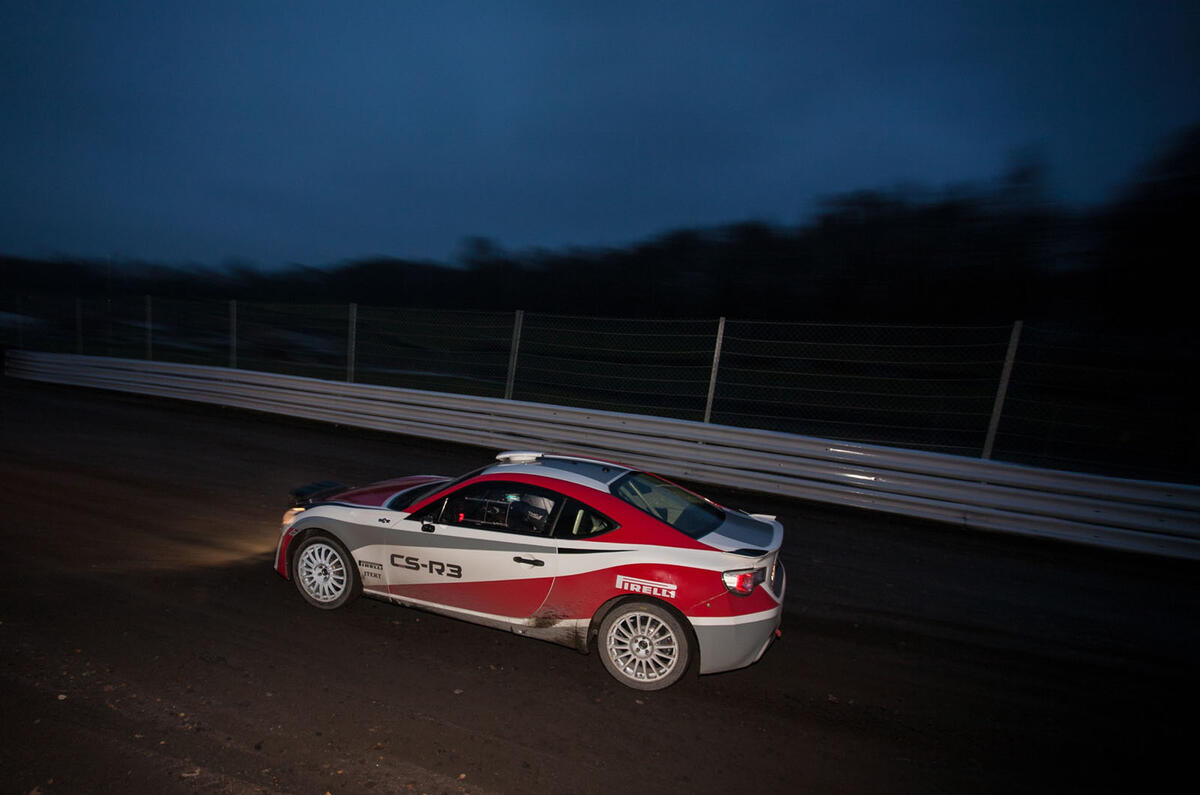






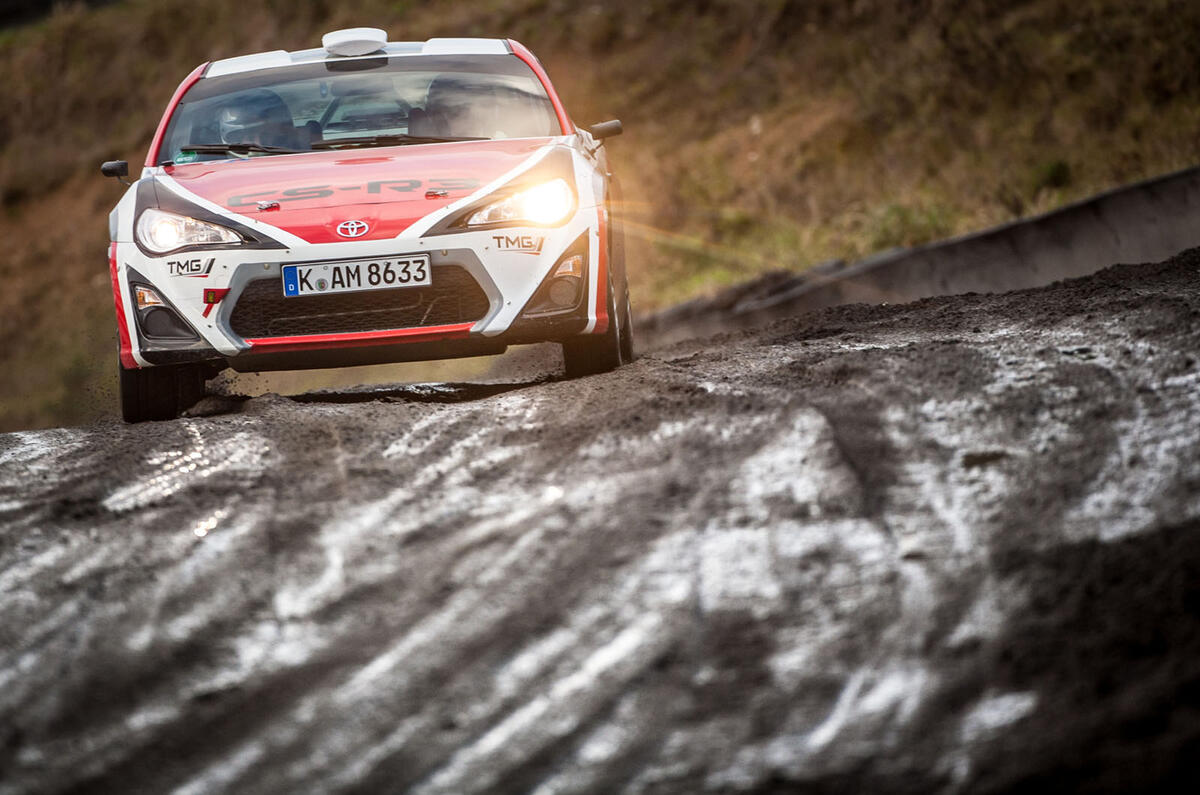
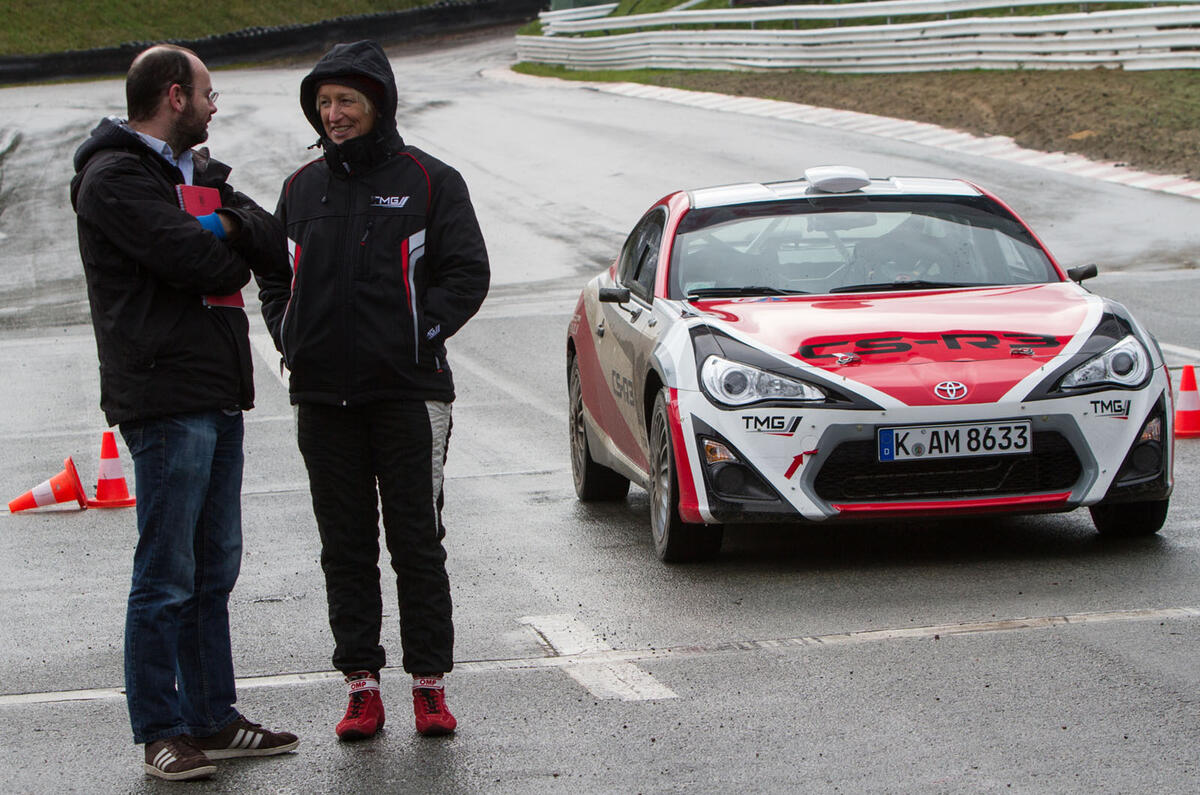































Join the debate
Add your comment
Lord forbid someone
Matt has hit the nail on the head....
WRC should be about speed & Endurance..... But currently isn't. Loads of under-powered 4WD hatches isn't doing it, unless you're stageside watching.
The WRC needs a proper RWD class; this and the R-GT Porsche are a start.
The electrically assisted power steering moves to hydraulic!